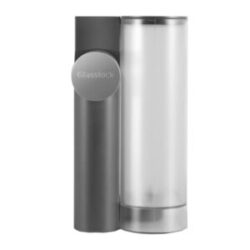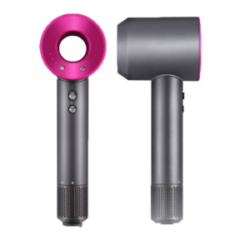二、助动词的语法特点 Grammatical features
(一)经常修饰动词或形容词。例如:
Auxiliary verbs are often used to modify verbs or adjectives. For ex- ample:
我会说英语。
教室里应该安静。
他肯来。
(二)否定形式是在助动词前边用否定副词“不”。例如:
They are negated by 不. For example:
我不会说汉语。
我不能告诉你。
他不该去那儿。
 亚马逊导购
亚马逊导购  卑诗省当天新盘
卑诗省当天新盘  读新闻学外语
读新闻学外语
(三)可以用正反式提问。例如: The affirmative-negative question is formed by putting together the affirmative and negative forms of an auxiliary verb. For example:
你能不能来?
我应该不应该去?
(四)能够单独回答问题。例如: 他想不想学习? They can answer questions by themselves. For example:
你能不能来? 能。
他愿意不愿意帮助你? 愿意。
(五)不能重叠。 They cannot be reduplicated.
(六)后边不能加动态助词“了、、着、过”。 The aspectual particles 了, 着or 过 cannot be added to auxiliary verbs.
(七)后边不能直接带名词。 The cannot be immediately followed by a noun.










